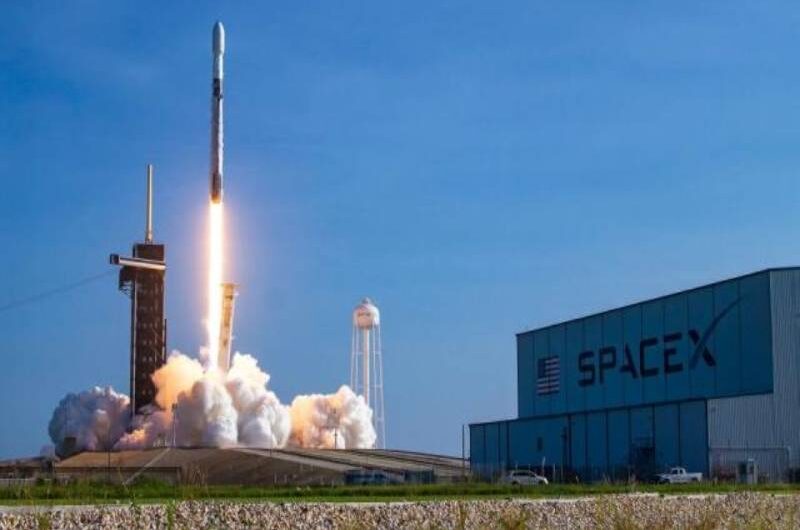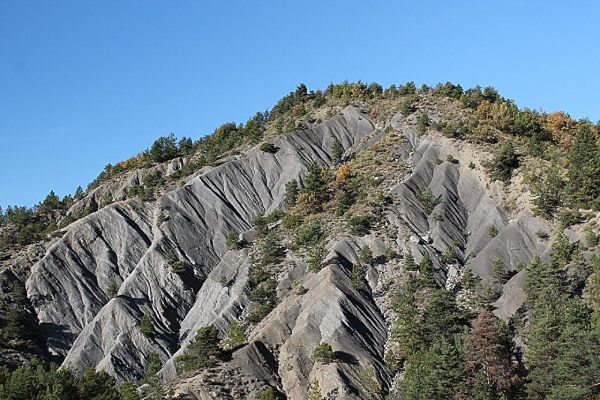The annular “ring of fire” stage of the solar eclipse will first be visible in the United States in Oregon at 9:13 a.m. PT (12:13 p.m. EDT, 1613 GMT) on Oct. 14. Before that, the partial eclipse stage begins off the West Coast of the United States at 11:03 EDT (1503 GMT).
This solar eclipse will traverse through seven more U.S. states, eventually crossing the Gulf of Mexico and proceeding over Mexico, Guatemala, Belize, Honduras, Nicaragua, Costa Rica, Panama, Colombia, and Brazil, providing millions of people the opportunity to witness the mesmerizing “ring of fire.”
French eclipse expert Xavier Jubier has created an interactive map that details the complete path of annularity, along with start and end times for different stages of the eclipse at each location. For those interested in tracking the eclipse across the United States down to the last second and seeing what it will look like from select destinations along the route, NASA has also created a helpful interactive map.
An annular solar eclipse takes place when the moon aligns between the sun and Earth, casting a shadow on our planet. During this phenomenon, the moon appears relatively small and does not entirely cover the sun’s disk, resulting in a striking thin outer ring, commonly referred to as the “ring of fire.”
Those positioned within the path of annularity, which is a 125-mile (200-kilometer) wide track, will be able to experience the awe-inspiring “ring of fire.” For those located just outside this path, a partial solar eclipse will be observable, where the moon appears to take a ‘bite’ out of the sun, provided that the skies are clear.
It’s crucial to note that observers in northeastern Arizona should be aware of the closure of all Navajo Tribal Parks from 8:00 a.m. until 1:00 p.m. MDT on October 14, 2023, due to Navajo cultural beliefs. This includes Monument Valley Navajo Tribal Park, Four Corners Monument Navajo Tribal Park, and portions of the Tséyi’ Diné Heritage Area in Canyon de Chelly National Monument.
Please remember to NEVER look directly at the sun. Safe solar filters, such as solar eclipse glasses, must be used at all times for secure solar eclipse viewing. Whether your location experiences a partial solar eclipse or an annular solar eclipse, the associated dangers are the same. Observers must use solar eclipse glasses, and solar filters must be placed in front of cameras, telescopes, and binoculars at all times. Our guide on how to observe the sun safely provides comprehensive information on secure solar observations.
Disclaimer: The views, suggestions, and opinions expressed here are the sole responsibility of the experts. No EU Brief journalist was involved in the writing and production of this article.






